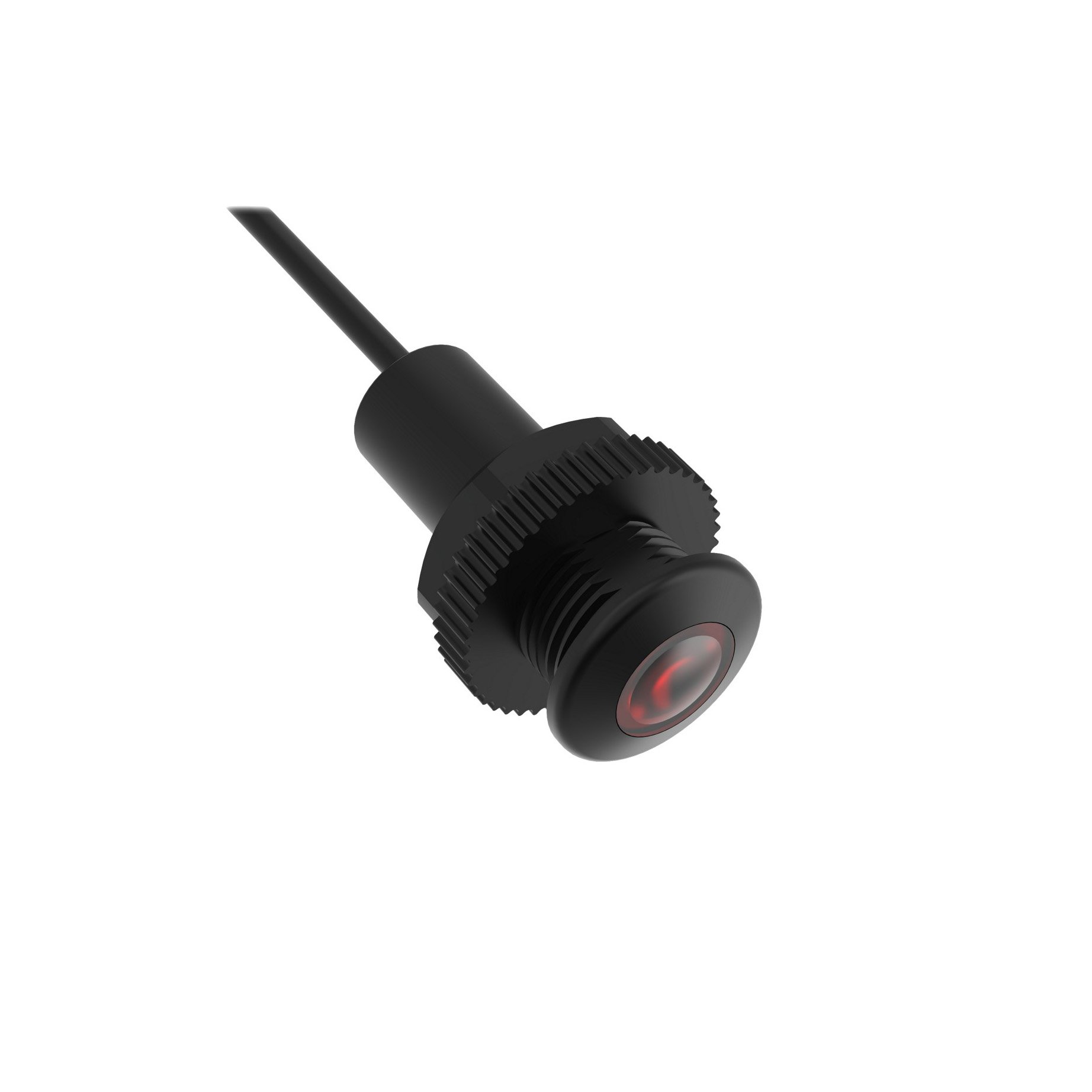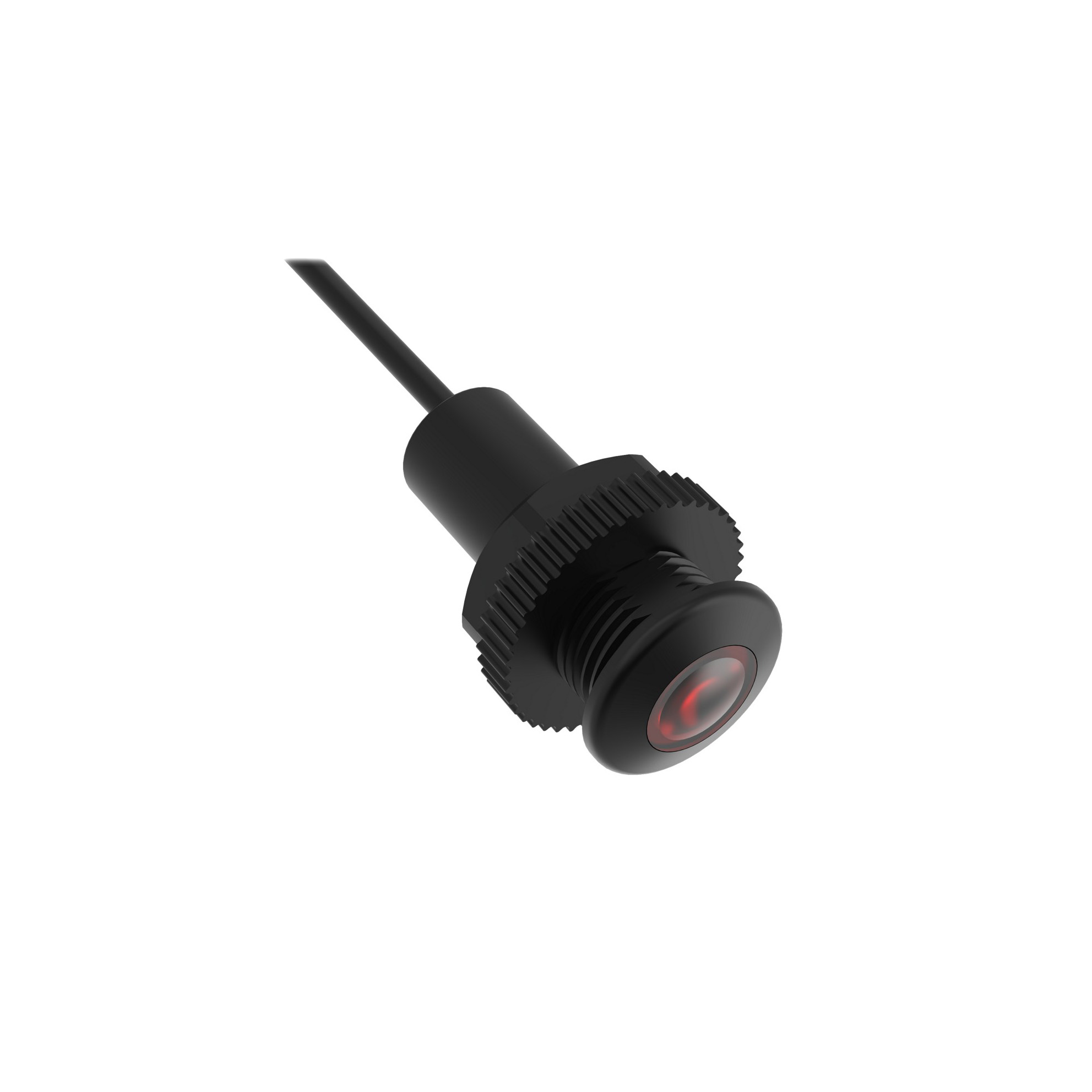SB12T Series, Photoelectric, Industrial
Results:
3
Manufacturer
Series
Output Configuration
Cable Length
Connection Method
Operating Temperature
Ingress Protection
Sensing Distance
Response Time
Voltage - Supply
Sensing Method
Light Source
Adjustment Type
Results remaining:3
Applied Filters:
SB12T
Photoelectric, Industrial
Industrial photoelectric sensors are devices used to detect the presence, absence, or distance of objects in industrial applications. These sensors employ fixed wavelengths of light to transmit signals and utilize their receivers to detect changes in the transmitted light. They are designed to ignore ambient light and provide reliable detection in challenging industrial environments.
These sensors are housed in rugged cases, making them suitable for use in harsh industrial conditions. They come in various sensing methods, each tailored to specific application requirements.
Cross-beam sensors: Consist of separate transmitter and receiver units that create a beam perpendicular to the path of the object being detected. The interruption of the beam triggers the sensor.
Through-beam sensors: Comprise a separate transmitter and receiver unit placed opposite each other. An object passing between them interrupts the transmitted beam, triggering the sensor.
Diffused sensors: The transmitter and receiver are housed together in a single unit. The sensor detects the reflected light from an object within its sensing range.
Reflective sensors: Utilize a reflective surface to direct the transmitted light back to the receiver. The detection occurs when the reflected light is interrupted by the presence or absence of an object.
Retroreflective sensors: Deploy a special reflector to bounce the transmitted light back to the receiver. The sensor detects changes in the reflected light caused by an object entering or leaving the sensing zone.
Transmissive sensors: Consist of a separate transmitter and receiver unit placed opposite each other, with the object being detected passing through the gap between them. The interruption of the transmitted beam triggers the sensor.
Proximity sensors: Designed to detect objects in close proximity without physical contact. They utilize various technologies, such as capacitive, inductive, or magnetic fields, to sense the presence of objects.
Distance sensors: Enable precise distance measurement by utilizing techniques like time-of-flight or triangulation. These sensors are commonly used in automated industrial processes.
Line focus sensors: Generate a narrow beam of light, allowing for precise detection of objects within a specific line or path.
In addition to the sensing methods, industrial photoelectric sensors are differentiated by factors such as light source color and wavelength, sensing distance, ingress protection (IP) rating indicating resistance to dust and moisture, and output configuration.
Overall, industrial photoelectric sensors play a vital role in industrial automation, enabling reliable and accurate object detection. They are designed to withstand harsh environments and are available in various configurations to meet different application needs.



